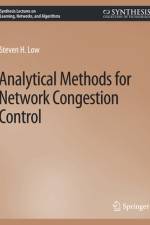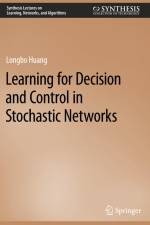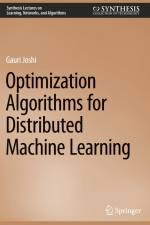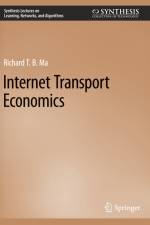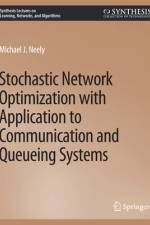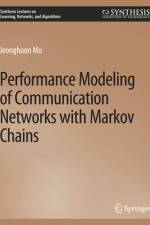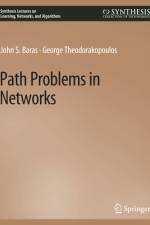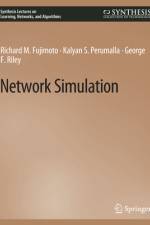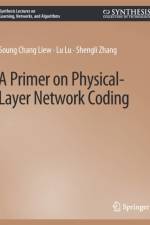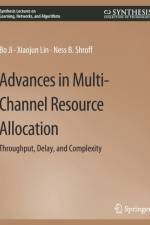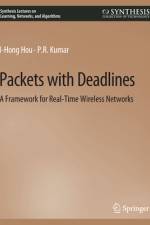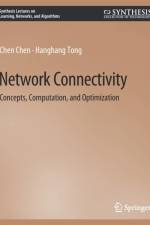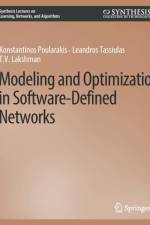av Sen Lin
795,-
With the explosive growth of mobile computing and Internet of Things (IoT) applications, as exemplified by AR/VR, smart city, and video/audio surveillance, billions of mobile and IoT devices are being connected to the Internet, generating zillions of bytes of data at the network edge. Driven by this trend, there is an urgent need to push the frontiers of artificial intelligence (AI) to the network edge to fully unleash the potential of IoT big data. Indeed, the marriage of edge computing and AI has resulted in innovative solutions, namely edge intelligence or edge AI. Nevertheless, research and practice on this emerging inter-disciplinary field is still in its infancy stage. To facilitate the dissemination of the recent advances in edge intelligence in both academia and industry, this book conducts a comprehensive and detailed survey of the recent research efforts and also showcases the authors' own research progress on edge intelligence. Specifically, the book first reviews the background and present motivation for AI running at the network edge. Next, it provides an overview of the overarching architectures, frameworks, and emerging key technologies for deep learning models toward training/inference at the network edge. To illustrate the research problems for edge intelligence, the book also showcases four of the authors' own research projects on edge intelligence, ranging from rigorous theoretical analysis to studies based on realistic implementation. Finally, it discusses the applications, marketplace, and future research opportunities of edge intelligence. This emerging interdisciplinary field offers many open problems and yet also tremendous opportunities, and this book only touches the tip of iceberg. Hopefully, this book will elicit escalating attention, stimulate fruitful discussions, and open new directions on edge intelligence.

